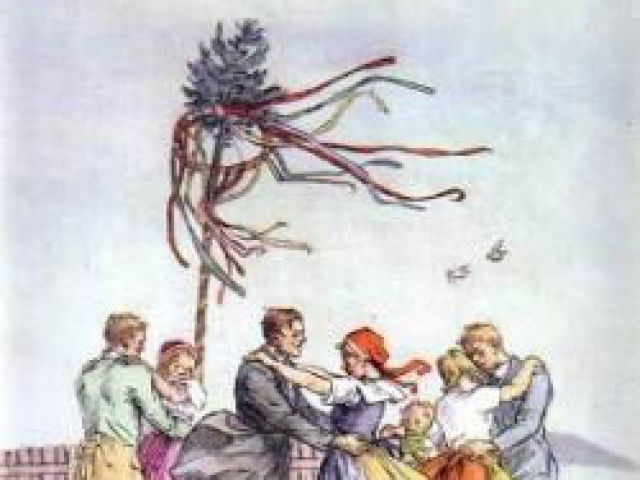1 May is a halfway date between the seasons, in this case spring solstice and summer equinox. It is an annual public holiday held in much of the world’s countries, deeply rooted in both the pagan spring festivals of Europe and the centuries-old struggle of labourers for a more fair treatment by their employers, an important aim of socialist unions and the international labour movements. Below we’ll share with you some interesting factoids about the holiday’s social and cultural background, so that wherever May Day finds you, you’ll know what you’re celebrating.
The Haymarket Riots
Even though a Welsh factory owner named Robert Owen introduced the 8-hour workday as early as 1817, his innovation didn’t really take off until long after. So when workers decided to go on a strike in Chicago on 1 May 1886, and call for the introduction of an 8-hour workday, it soon got turned into a violent riot that ended with the execution of a number of protestors. The 1st of May soon became a commemoration of the Haymarket Riots, and a celebration of the workers’ movement. Subsequently, the American Federation of Labour declared 1 May a national holiday in 1889. Hungary first joined the movement under communist rule, and has celebrated Labour Day to this day.
May Tree
In olden days’ Hungary, bands of young men would go out in the middle of the night to cut down trees, decorating them with ribbons and planting them in front of the house of the girl they loved, often hanging a bottle of pálinka or wine in the tree to win the approval of the father. In the morning, the villagers visited the homes of young girls to see whose tree is the most beautiful, and which couples got together as a result. The celebration culminated in a large communal dance around a larger May Tree in the village centre. Today, while the spark of the pagan celebrations is kept alive by a handful of traditionalists, most Hungarians rather spend their May Day visiting market fairs, picnics, and parades.
Festival of the Roman Goddess
The earliest May Day celebrations in Europe appeared in pre-Christian times. Floralia, the festival of Flora, the Roman goddess of flowers, was held every year on 27 April during the Roman Republic era. The celebration was marked by dancing, flower-gathering, and the wearing of colourful garments. Rituals and games were also performed, thought to protect crops, livestock, and people, and to encourage reproduction and growth. If you want to know more about the fertility rituals, the music, and the general way of life of the ancient Romans, visit the open-air Aquincum Museum between 10 and 12 May, where the spirit of Floralia will be brought back to life for the 30th consecutive time.
See our recommendations for what’s hapenning in town that day!



 Funzine
Funzine